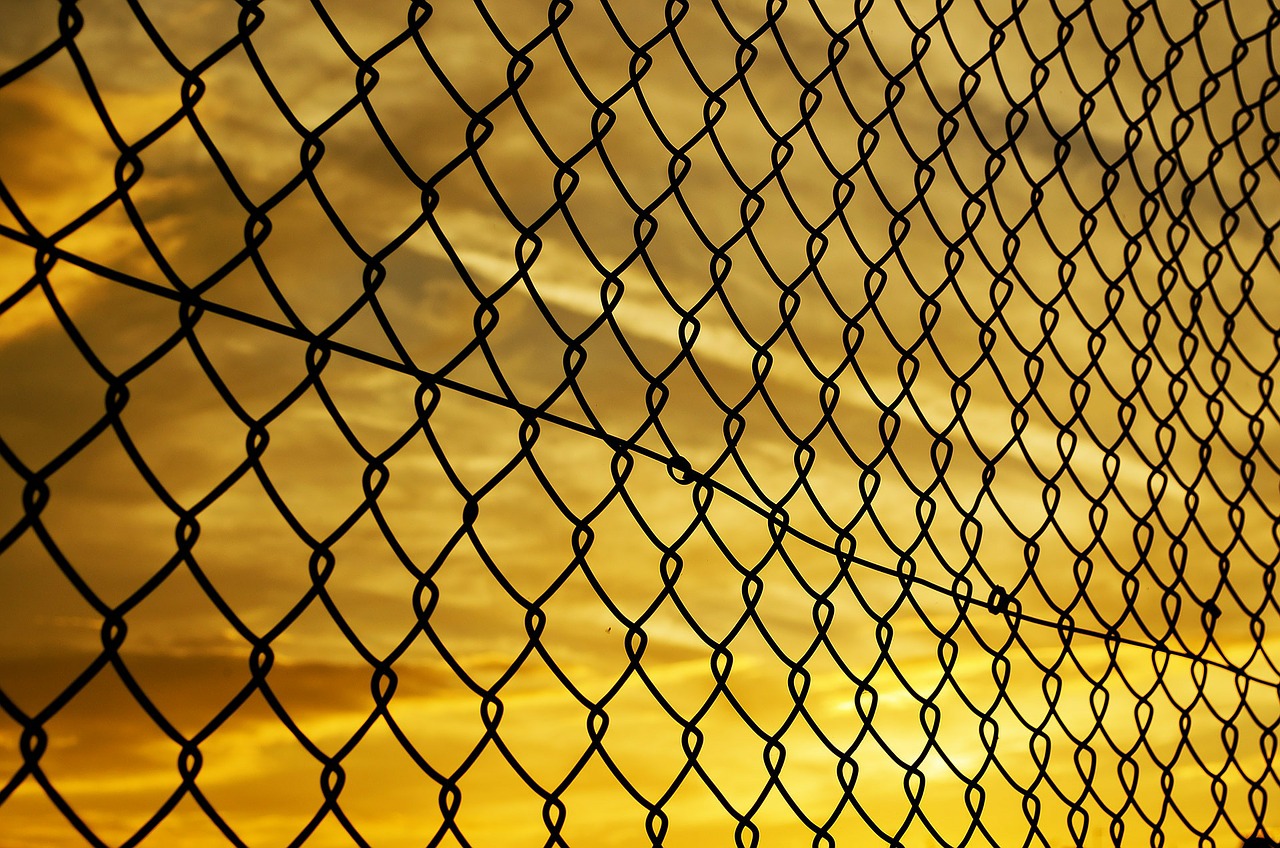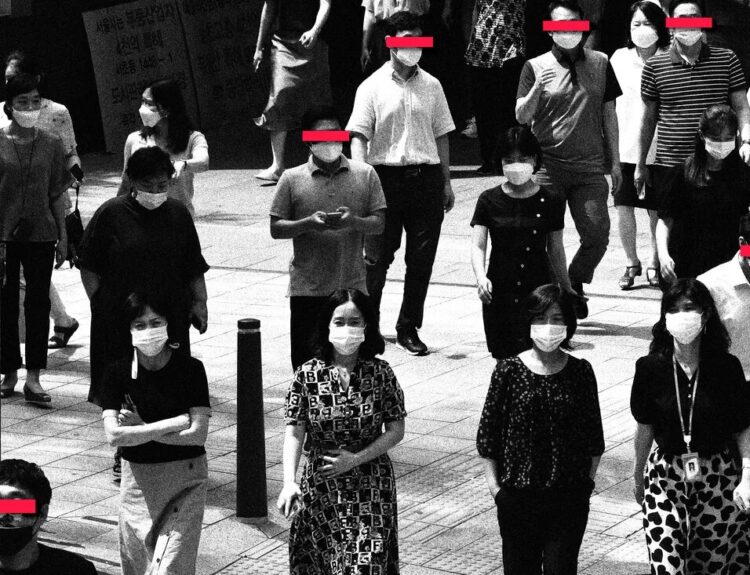When we hear the word “slavery”, we usually imagine the past, but sadly, this is still a cruel reality for many around the world. Human trafficking is a worldwide phenomenon affecting various groups of society: children, women and men. In December 2016, for the first time in its history the UN Security Council adopted a resolution that strongly condemned all forms of human trafficking and threatened with sanctions any organization directly or indirectly involved in this process.
Human trafficking is a violation of human rights in its purest form. It takes away the right to live a happy life, freedom, equality, dignity, safety, non-discrimination and many others, and also undermines the safety and security of nations through organized crime. Human trafficking is a global tragedy of the 21st century that requires not only public attention but also effective solutions from the global community.
Distressingly, almost one third of the victims of trafficking today are children. In Africa and the Caribbean, these numbers are substantially higher with children constituting almost 60% of trafficking victims. The trafficking of children in Africa has been especially severe. In 2014, about 6,000 children were forced to fight and provide labor in the civil war ravaging the Central African Republic. From 2010 to 2013, more than 4,000 children were forced into slavery in the Democratic Republic of the Congo. From 2014 to 2015, 20% of suicide attacks in the northern part of Nigeria were committed by children as young as eight. The issue of child trafficking is sadly not limited to Africa. Children as young as thirteen have been forcibly recruited to serve as fighters in Iraq and Syria by ISIS, the Kurdish People’s Protection Units (YPG) and the Nusra Front.
Another group deemed vulnerable by the UN are trafficked women and girls, who comprise 71% of human trafficking victims. They are usually exploited sexually: 72% of all female victims of abduction face such exploitation and 20% of them are used for servitude. In the era of local conflicts, especially in regions such as Iraq and the Levant, which are seized by militants of the “Islamic State”, human trafficking has taken almost medieval forms of slavery. One example is a systematic enslavement of Yezidi women, girls and children, who are treated as sexual slaves and forced labor. Since 2014, the Islamic State of Iraq and the Levant has targeted the Yazidis, a monotheist ethno-religious group living in the northern part of Iraq, in its campaign to “purify” Iraq and its neighboring countries of non-Islamist influences. Despite losing territory on the ground, ISIS’s genocidal campaign continues with more than 3,000 Yazidis remaining in captivity today.
The problem of female trafficking is also an important issue in Southeast Asia. In India, tens of thousands of girls are trafficked from the poor northeast, while in Cambodia, 22% of human trafficking victims are trafficked for commercial sexual exploitation, and 55% of them are women or girls.
Disappointing statistics prove once again that the problem of human trafficking is gaining momentum and needs an immediate solution. Preventing human trafficking and exploitation is a challenge that extends beyond the border of any single country. The solution to this problem, therefore, can only be found through the cooperation of all countries, both rich and poor and only with practical steps and help of international organizations.
Today the United Nations is the only organization that focuses on the criminal justice of the crimes related to human trafficking, based on the United Nations Convention against Transnational Organized Crime. Together with the Inter-Agency Coordination Group against Trafficking in Persons (ICAT), a policy forum mandated by the UN General Assembly to facilitate the process of preventing and combating trafficking in persons, including protection and support for victims of trafficking, and The Voluntary Trust Fund for Victims of Human Trafficking, which operates as a subsidiary fund to provide humanitarian, legal and financial assistance to victims of trafficking through governmental, intergovernmental and non-governmental organizations, the UN is trying to work out measures that will reduce human trafficking.
In 2015, the European Union (EU) and UNODC in partnership with the International Organization for Migration (IOM) and the United Nations Children’s Fund (UNICEF) launched the Global Action to Prevent and Address Trafficking in Persons and the Smuggling of Migrants (GLO.ACT). This a four-year joint initiative is expected to be delivered in strategically selected countries across Africa (Egypt, Morocco, Mali, Niger, South Africa), Asia (Nepal, Laos, Kyrgyzstan, Pakistan), Eastern Europe (Belarus, Ukraine) and Latin America (Brazil, Colombia) with a focus on assistance to governmental authorities, civil society organizations, victims of trafficking and smuggled migrants. Only five countries have joined the initiative: Brazil, Colombia, Nepal, South Africa and Laos. Again, this is only an initiative to provide support and assistance without specific direct measures, so it is quite questionable whether this step will bring any visible results in solving the issue.
Despite the fact that the international community pays attention and actively tries to take measures against human trafficking and develop a strategy of solution to this problem, a growing number of trafficking victims shows the complexity of the problem. It is not enough just to adopt resolutions and initiatives; we need concrete practical steps undertaken jointly by international organizations and all the countries standing for human rights, international peace and security. The global community should enact comprehensive anti-trafficking legislation to prosecute traffickers, provide tougher prosecution of criminals and greater support and protection for victims. In every country, there should be a special body for human trafficking with trained personnel who will be able to identify trafficking victims, investigate cases and provide law enforcement on prosecuting trafficking cases.
It should be also realized that the problem of human trafficking has its roots in other important challenges of today`s world, such as unequal economic development, poverty, lack of government protection and flourishing regional conflicts, and should be solved in parallel with them. Lack of prospects and belief in a better future along with discrimination, political persecution, corruption and insufficient implementation of laws also lead to people being trafficked. The eradication of the socio-economic problems and a strong just governance will definitely contribute to solving the human trafficking problem.
- “No Foreigners Allowed”: Discrimination Against Foreigners in South Korea - June 4, 2017
- Brain Drain in Putin’s Russia - June 4, 2017
- A Struggle Against Human Trafficking in the 21st century - April 21, 2017






